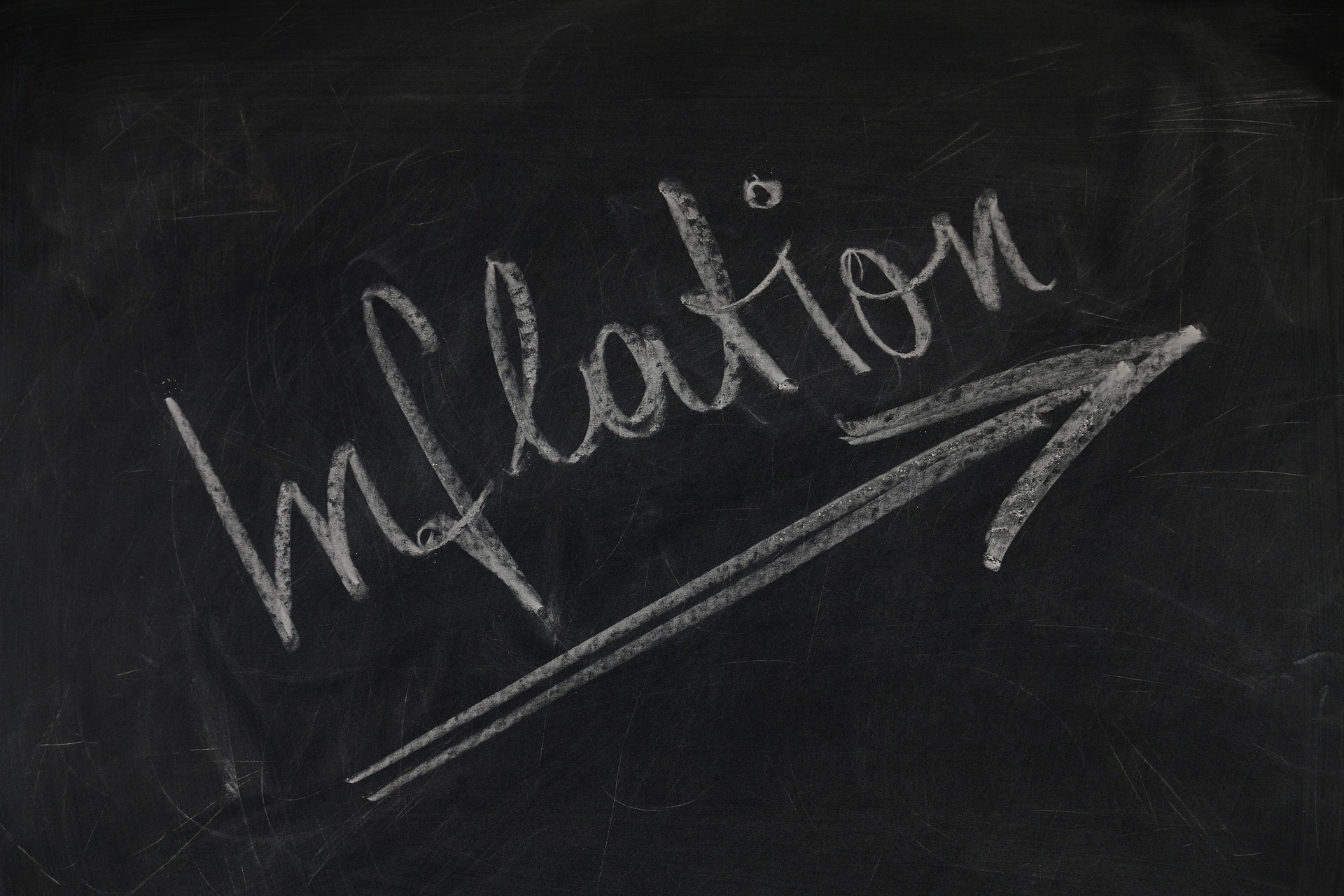Red-hot inflation is raising pressure on the Federal Reserve to take drastic action to get control of prices.
James Bullard, the president of the St. Louis Federal Reserve Bank, told Bloomberg News Thursday he has become “dramatically” more hawkish and now supports raising interest rates by a full percentage point by July 1. Given that there are only three Fed meetings before then, that implies the Fed would have to raise interest rates by a half a percentage point in a single meeting, instead of the more typical quarter percentage point moves. The Fed hasn’t executed a half-point rate hike since 2000.
Investors are now pricing in a 99% chance that the Fed raises interest rates by 50 basis points in March, according to the CME Group’s FedWatch tool, up from just 24% on Wednesday. In fact, markets are now pricing in a very tiny chance of a three-quarters of a percentage point hike in March. The shift comes after a new report showed consumer prices soared by 7.5% in January, the fastest 12-month gain since 1982. Not only that, inflation unexpectedly accelerated month-over-month.
“The risks are growing for a 50-basis point rate hike,” Alexander Lin, US economist at Bank of America, told CNN on Thursday. None of this is sitting well with the stock market. The Dow fell 425 points, or 1.2%, on Thursday, hitting session lows following Bullard’s comments. The fact that investors, Fed officials and Wall Street banks are even contemplating such an aggressive rate hike is telling. Just a few months ago, the debate was whether the Fed would raise rates two or three times this year. Now, there is a growing sense March alone will amount to a double hike.




